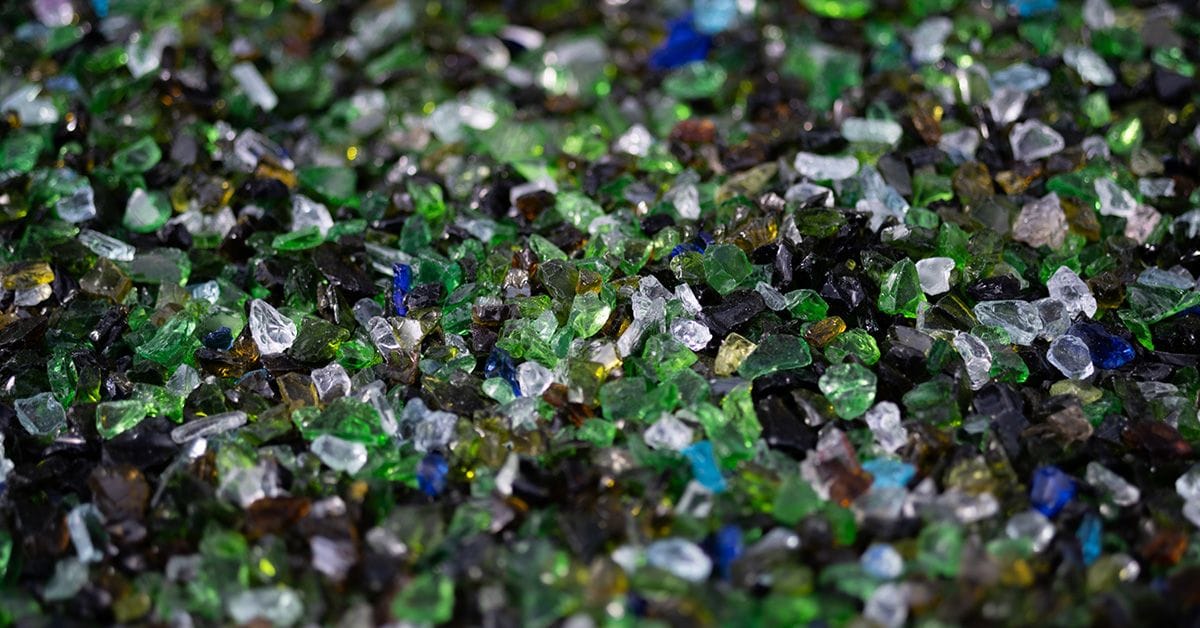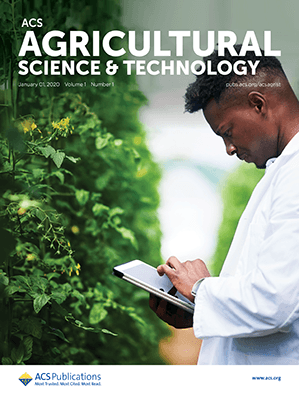Researchers have developed a glass-based fertilizer for controlled nutrient release, enhancing crop productivity and environmental safety.

At first glance, the use of "glass" and "fertilizer" together may seem unusual. Fertilizers are chemicals to be taken up as nutrients for plant growth, and glass is something we think of as being pretty much inert. Globally, we use nearly 200 million metric tons of agricultural fertilizer every year1—but a key problem is that significant amounts of traditional fertilizers are lost through fixation, leaching, or gaseous emissions shortly after application. This is especially true for nitrogen, for which it is estimated that only 35% is taken up by the target crop.2 This leads to frequent and excessive reapplication, in turn causing further environmental issues for soil and water courses.
Coating fertilizers with low-permeability materials helps to slow down nutrient release and enhance efficiency. For example, oil-based hydrophobic polymer coatings such as polyurethane have been proposed to help extend the release period of phosphorus from fertilizer particles.3,4 This can often be tricky due to their irregular shape and high specific surface area.4 Another approach is to use nanomaterials or interpenetrating polymer networks as carriers. Glass is useful for this because it has a unique structure—essentially, it is a non-equilibrium, non-crystalline state of matter, defined by the frozen amorphous structure of a supercooled liquid with the same composition. It has exceptional versatility and can incorporate most elements classified as micro- or macronutrients, with the exception of nitrogen. This adaptability means the composition can be tailored to meet specific nutritional requirements. Additionally, once the fertilizer has dissolved, silicon dioxide is left behind as an insoluble, amorphous gel that helps retain water.
In a new study published in ACS Agricultural Science & Technology, researchers formulated a multicomponent oxide glass containing various nutrients essential for plant growth.5 To achieve this, the team mixed, melted, cooled, and then ground the glass into small grains with diameters of 0.85–2.0 mm. They tested the glass fertilizer on five sequential harvests of Palisade grass, using analytical techniques to examine nutrient release rates and solubility. Results demonstrated that the glass fertilizer provided a continuous nutrient supply, resulting in higher dry matter yield compared to traditional fertilizers. The fertilizer was also found to be environmentally friendly, with no harmful effects on plants in ecotoxicological tests. The authors are optimistic that these results will advance the development of sustainable fertilizers, providing prolonged nutrition and enabling nutrient delivery tailored to the specific needs of crops.
Other interesting results in this field (no pun intended) show great potential as well: at ACS Fall 2024, a group of researchers reported that a number of food crops can be cultivated in recycled glass from pulverized bottles. In their study, substituting soil with the glass actually seemed to speed up plant development and reduce unwanted fungal growth. These experiments were done without fertilizers, pesticides, or fungicides—instead mixing in different quantities of soil to provide nutrients—but taken alongside the new glass fertilizer study, they suggest there could be a way to productively incorporate glass waste into agriculture.
References
- Global consumption of agricultural fertilizer from 1965 to 2022, by nutrient. https://www.statista.com/.
- Ritchie, H. Excess fertilizer use: which countries cause environmental damage by overapplying fertilizers? September 7, 2021. https://ourworldindata.org.
- Fernandes da Cruz, D. et al. Role of Polymeric Coating on the Phosphate Availability as a Fertilizer: Insight from Phosphate Release by Castor Polyurethane Coatings. J. Agric. Food Chem. 2017, 65, 29, 5890–5895.
- Lu H, et al. Polyolefin Wax Modification Improved Characteristics of Nutrient Release from Biopolymer-Coated Phosphorus Fertilizers. ACS Omega 2019, 4, 23, 20402–20409.
- Hermeson da Silva Soares J, et al. Design and Performance of a Multicomponent Glass Fertilizer for Nutrient Delivery in Precision Agriculture. ACS Agric. Sci. Technol. 2025, 5, 2, 142–157.
